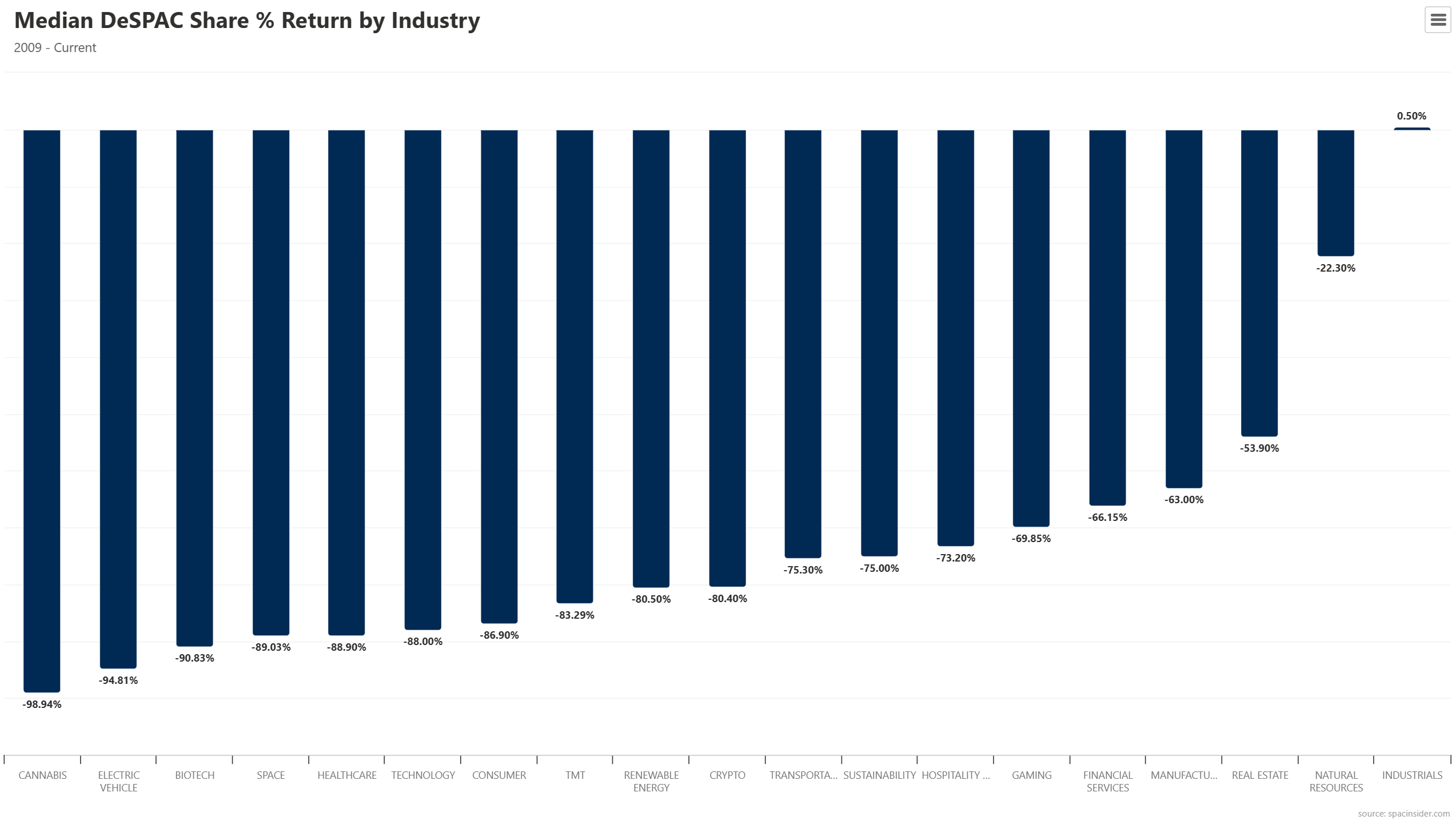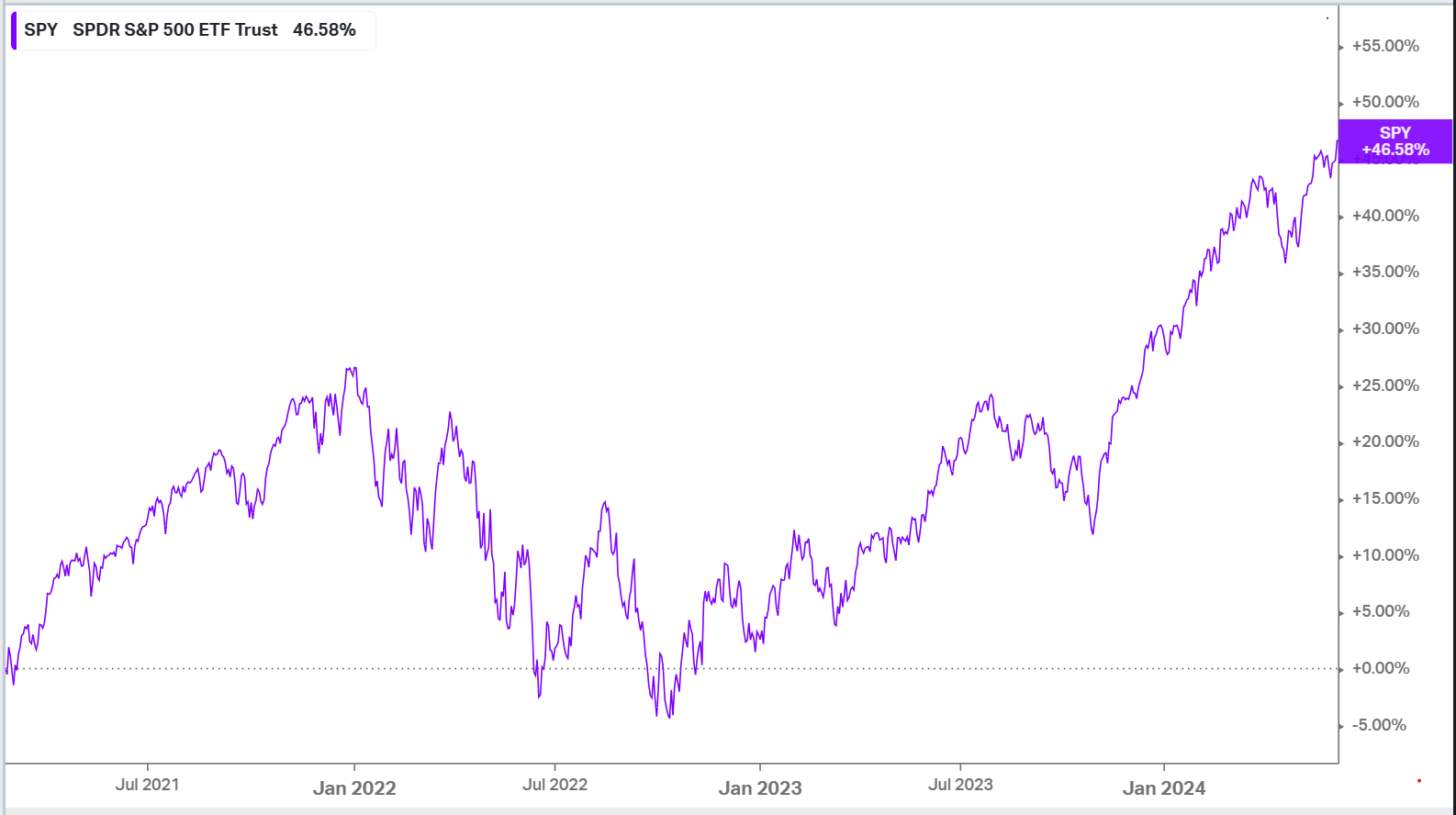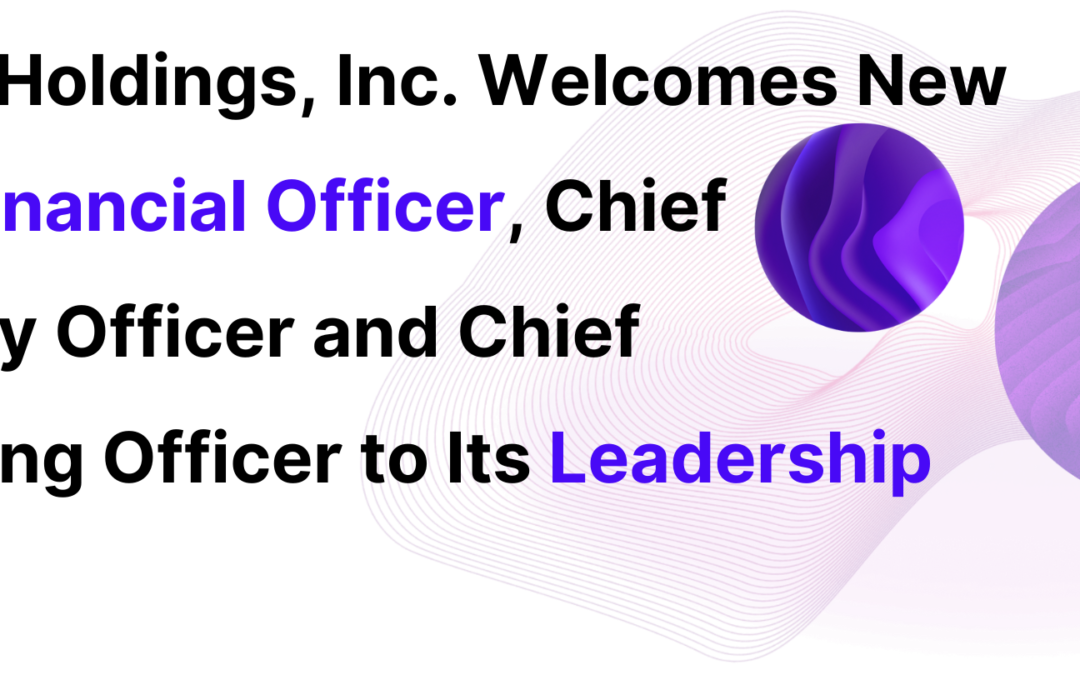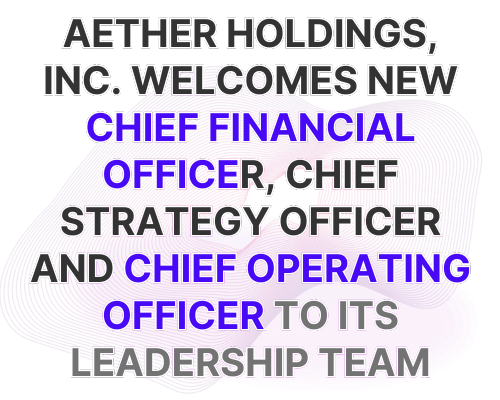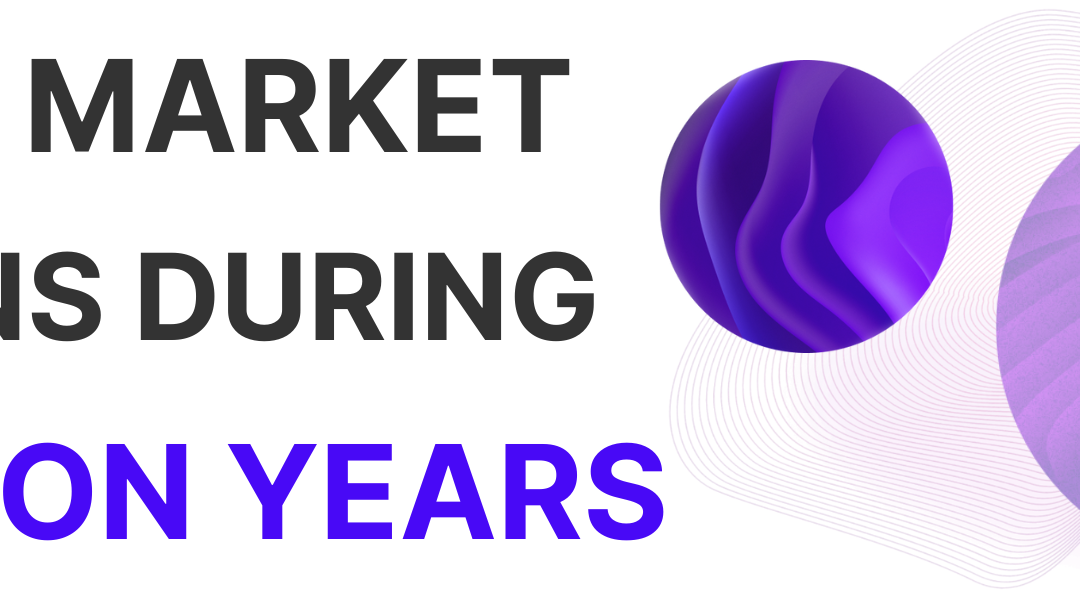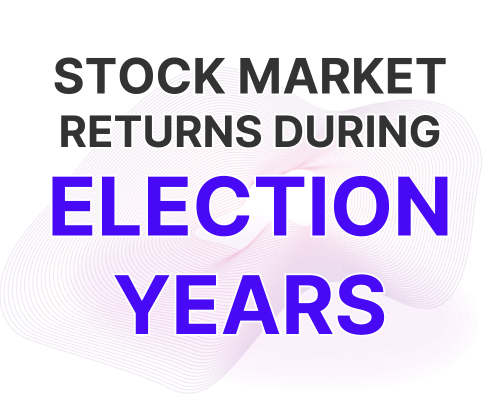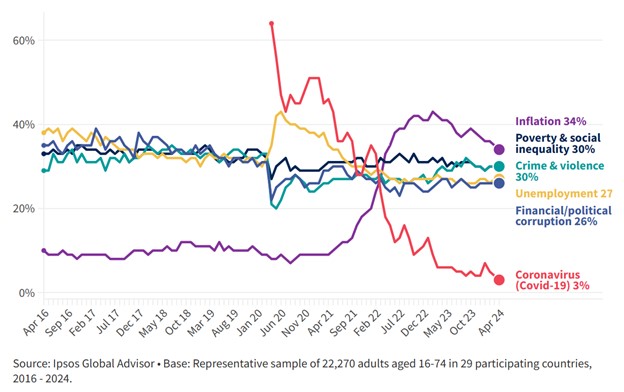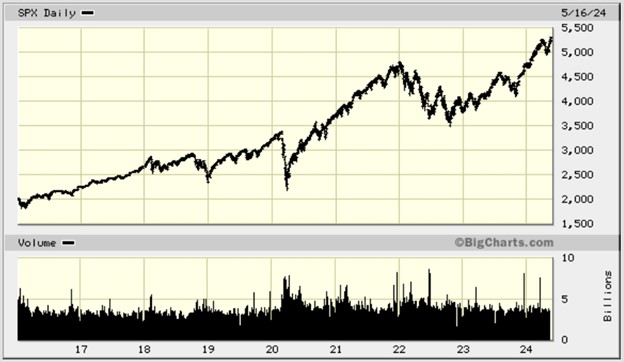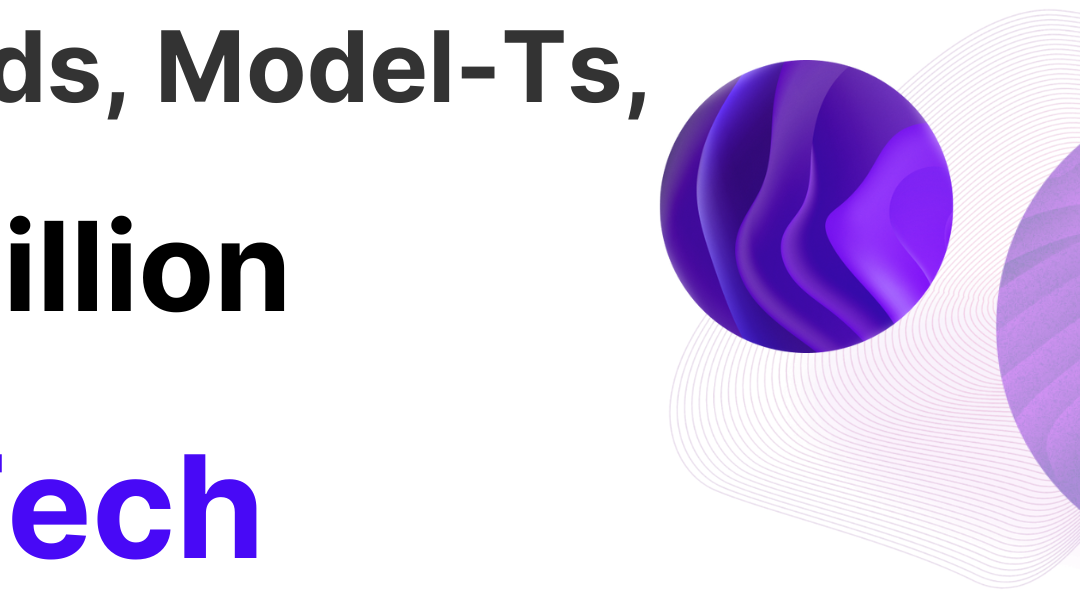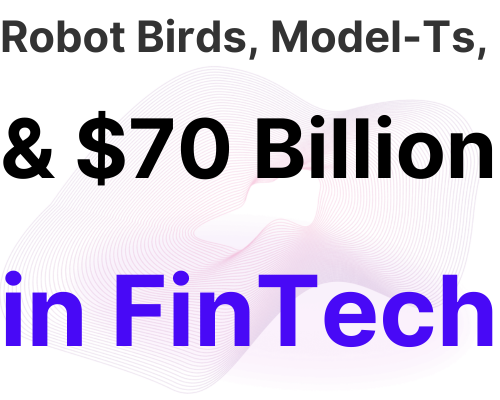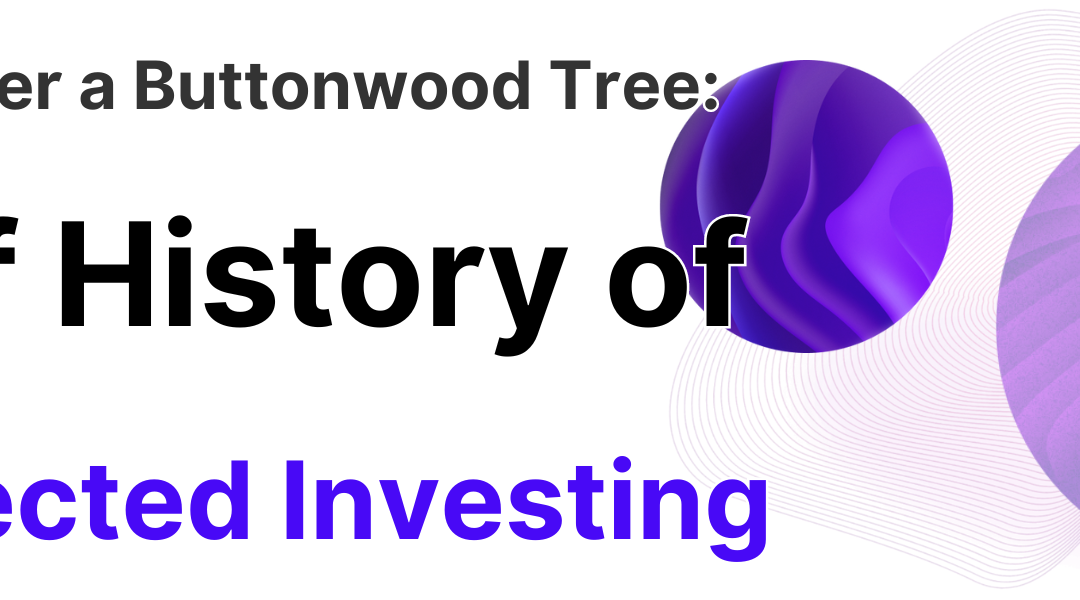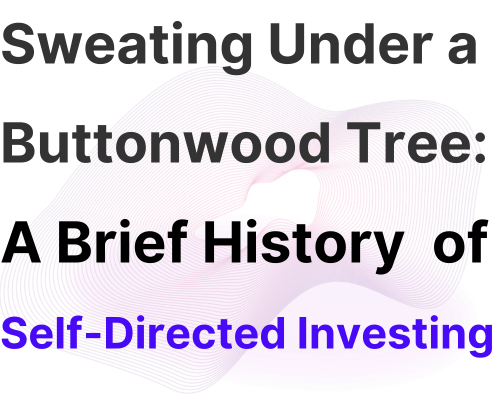Around 350 B.C.E, Pythagorean mathematician Archytas of Tarentum presented his friend Plato with a gift. On the outside, it looked simple enough. It was a wooden pigeon.
But this was no simple, hand-carved bird.
You see, this seemingly ordinary-looking gift had something “magical” hidden inside it.
Archytas had carefully engineered and constructed an unseen internal mechanism that allowed his wooden pigeon to do something that perhaps no inanimate object created before it could do.
Its man-made wings could flap… without the assistance of the human hand.
But what’s more, on its own, Archytas’ creation could, as legend has it, fly up to 650 feet through the air using a system of compressed air; or as some believe, an internal steam engine.
Archytas’ “magical” bird was one of the world’s first known automatons, or robots as we call them today. And with this revolutionary invention, backed by his Pythagorean mathematics, he ushered in the new science of mechanics and automation….
Which would eventually lead to artificial intelligence.
Now, fast forward to 1912, a quarter century after the invention of the automobile. A truly disruptive (yet remarkably simple) automation system was about to be unleashed.
This is a story of automation you’re probably familiar with; but it’s a story worth retelling.
Henry Ford had long been a multi-millionaire, operating the most successful automobile manufacturing business in America. In fact, in 1912 alone, Ford sold over 68,000 Model-T automobiles, nearly three-times the number of his closest competitor, Willys-Overland.[1]
But being number-1 in the automobile business was not good enough for Ford. No, he wanted more.
See, there were only so many consumers who could afford a $680 car – considering the average salary at the time, across all industries was about $700 a year – and only so many vehicles could be produced in a single day (on average it took about 12 hours to manufacture just one Model T).[2]
So, to truly become the king of the horseless-carriage, Ford would need to create a quick-to-produce vehicle within the financial reach of far more American consumers.[3] A product that was not only for the wealthy, but for the middle class as well.
And, as you know, he did it.
By 1925, the amount of time to produce a single vehicle dropped to just 90 minutes. Output increased to roughly 10,000 units a day (nearly 2 million came off the line that year), and the cost of a Ford vehicle had fallen to as low as $260 (while average US wages had nearly tripled).[4][5]
In his lifetime, Henry Ford had sold an estimated 19 million automobiles, and had accumulated an astounding net worth of $200 billion in today’s money.
And it was all thanks to Ford’s implementation of a truly disruptive technology he began using in 1913…
The moving assembly line. It was one of the simplest, yet most impactful industrial automations in our history. A machine-driven chain line that’s still in use today.
But the story of automation does not end with Henry Ford.
The Future of Automation, Ai
Just as Ford’s implementation of automation systems a century ago had rapidly and efficiently increased production of, and reduced the cost of his vehicles, today’s automation systems are doing the same across nearly every industry.
You’d be hard pressed to find any manufacturer, of any product, that does not use at least basic automation on their production lines. And, in fact, over 50% of all businesses have gone a step further and are using artificial intelligence tools in at least some capacity.[6]
Now, before we discuss Ai, especially one of its exciting uses in finance, we should address the current state of fear.
For over a century now there has been anxiety among the global workforce that “robots” will be taking human jobs. And these fears are widespread.
When you conduct a simple Google search for “are robots taking over jobs,” you’ll see an astounding 33 million results pages. The fear is that great.
Clearly this is a concern. But while some jobs will undoubtedly go the way of the dodo, the fear itself may be misplaced.
You see, as we mentioned earlier, between 1913 and 1925 the average salary for all US workers actually increased nearly threefold; this, as many US industries began adopting automation techniques.
But what’s more…
In an interview with CBS News, Dr. Yosef Sheffi, an MIT engineering professor said of Ford’s industrial automation, “cars became less expensive, people started driving, we started having highways, hotels, motels, restaurants. The whole hospitality industry developed. Millions of jobs!”[7]
That was true then… but modern times are different, right? The 33 million Google results prove it.
Well, not so fast.
A recent Deloitte study on automation’s impact in the UK did reveal that 800,000 low-skilled jobs were lost as a result of automated technology. However, the study also found that automation was responsible for the creation of 3.5 million new jobs; jobs that paid an average of $13,000 more per year than the ones that were lost.[8]
That’s great, but now that we’re going past simple automation, and are entering the new world of Ai, how will this emerging technology affect jobs?
Well, we’re not exactly sure yet.
But…
Insight Global, a job staffing agency, says there are at least three very positive effects Ai will have on the workforce.[9]
- Increased Productivity and Efficiency: Employees are equipped to work smarter, which helps them do more in less time.
- Increased Overall Business Revenue: When businesses can get more done in less time, they can increase their margins.
- The Ai Job Market: Artificial intelligence is expected to create 97 million new jobs.
This sounds quite a bit like what happened after Ford introduced the assembly line, doesn’t it?
So, while artificial intelligence will, in fact, replace many mundane human workforce jobs/tasks, and perhaps replace some more difficult ones, it will almost certainly lead to the growth of new jobs and new industries.
You see, Ai is not only here now, but if properly developed and regulated, it could also lead to a very prosperous future for us all.
The $70 Billion Market
A recent research report by Dimension Market Research says the artificial intelligence in FinTech market will reach a global valuation of $17 billion by the end of 2024.
However, it’s forecasted to reach a valuation of $70.1 billion by 2033. The market will be enormous.
Now, while the research shows the use of Ai in the Fintech market is quite encompassing, our purpose here today is to talk about Ai incorporated into investing tools.
For this, we go back to the Google machine.
A quick search of “Ai stock market tools” reveals hundreds, perhaps thousands of results. And among these results you’ll find dozens of articles about how Ai can beat human stock pickers at our own game. Many of them are an eye-opening read.
But why can Ai beat us at stock picking?
Well, simply put, Ai is better, faster and more accurate at data analysis than we are… and it has no emotional attachment to its picks.
This is why SentimenTrader, a supplier of professional-grade research and investment tools created for institutional, professional and retail investors has custom developed an Ai-based stock scanner.
Now, what does the SentimenTrader Ai stock scanner do?
Well, as SentimenTrader itself says, “It’s engineered to minimize the time spent hunting for data-backed gem opportunities in the stock market.
“Designed for efficiency, this tool zeroes in on promising stock opportunities by analyzing over 1,500 S&P stocks (and counting) each day after market closure, presenting users with in-depth back test reports and actionable insights.”
How does it work?
Reinforced Learning: It adapts and fine-tunes back testing parameters for precise trading signal detection.
Recommendations: It equips traders with data on optimal stop-loss, take-profit, and holding durations, ensuring an edge in decision-making.
Why it matters…
The edge. Any edge that could help lead investors to better decision-making and potentially better stock market returns is an edge worth having.
And that edge is our future.
Now, we have no testimony from Archytas of Tarentum about the future…
But as Henry Ford once said, “One who fears the future, who fears failure, limits his activities.”
[1] Ford Production (mtfca.com)
[2] About the USA (usembassy.de)
[3] FordModelT.net – For Model T Owners & Enthusiasts
[4] About the USA (usembassy.de)
[5] Ford Production (mtfca.com)
[6] How Businesses Are Using Artificial Intelligence In 2024 – Forbes Advisor
[7] Will robots and AI take our jobs? – CBS Boston (cbsnews.com)
[8] Automation Replaced 800,000 Workers, Then It Created 3.5 Million New Jobs – Foundation for Economic Education (fee.org)
[9] How AI is Impacting the Job Market (insightglobal.com)



